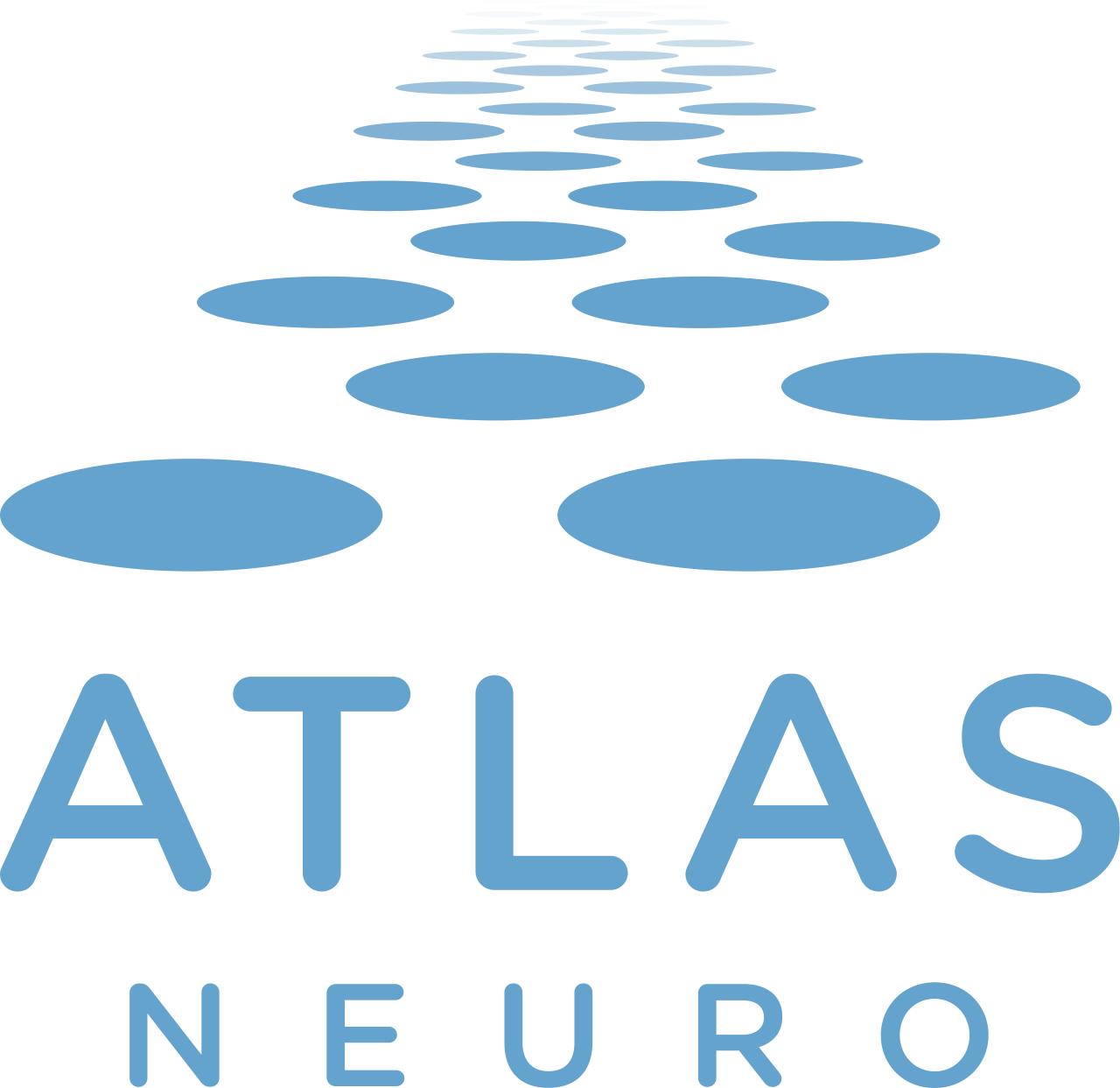ESR 15
Development of a novel and comprehensive test panel to evaluate cognitive functions for regulatory drug development
- Early Stage Researcher 15 (ESR 15) name: Sareer Ahmad
Email address: Sareer.Ahmad@covance.com "OR" sareerneuro95@gmail.com
Personal Information:
I hold a Bachelor’s degree in Biochemistry from Pakistan (2018) and a Master’s degree in Neuroscience from South Korea. During my master's, I specialized in neurodegenerative diseases, including Alzheimer's disease, Parkinson's disease, traumatic brain injury, and aging. My research focused on exploring molecular and cellular signaling pathways involved in disease progression and evaluating the neuroprotective effects of flavonoid and polyphenol compounds.
I have extensive hands-on experience in both in vivo and in vitro techniques, including:
-
-
-
- Inducing disease models in mice (e.g., intracerebral ventricular injections of amyloid-beta, traumatic brain injury, and ischemia models).
- Mice handling, drug preparation, and administration.
- Behavioral analysis, Western blot, confocal microscopy, and cell culture
-
-
Selected publications:
-
-
- Ahmad, S., et al. (2021). Fisetin rescues the mice brains against D-galactose-induced oxidative stress, neuroinflammation, and memory impairment. Frontiers in Pharmacology, 57.
- Ahmad, S., et al. (2021). Deciphering the Potential Neuroprotective Effects of Luteolin against Aβ1–42-Induced Alzheimer’s Disease. International Journal of Molecular Sciences, 22(17), 9583.
- Ali, W., et al. (2020). Oral Administration of Alpha Linoleic Acid Rescues Aβ-Induced Glia-Mediated
-
I have also received a "Young Pioneer Research Awards" for my contributions to neuroscience research.
- Host Institution: Labcorp early development and primate research center
- Supervisors: Dr D. Smieja, Dr L. Mecklenburg, Prof Dr S. Treue, Prof Dr A. Gail
- Project title: Development of a novel and comprehensive test panel to evaluate cognitive function for regulatory drug development
- Project description:
This project focuses on developing a behavioral cognitive task panel using MonkeyCANTAB to assess cognitive function in non-human primates (NHPs). The goal is to establish a home cage-based testing paradigm, validate the test panel using compounds that interfere with learning and memory, and compare performance in juvenile and adult macaques.
Behavioral Paradigms: Two alternative forced choice visual discrimination task (2AFC), Self-ordered spatial search task (SOSS), and Modified Two-Choice Serial Reaction Time Task (2-CSRTT), the touch screen-based device was presened to the animal in front of thier home cage.
Developed Methodology: Successfully complemented a home-cage based automated method for testing learning and memory impacts of pharmacological CNS-active compounds by an additional paradigm to investigate attentional contribution to learning ability task performance.
Key Focus: Optimizing methodology and complementing task panel on behavioral cognitive
testing for use in regulatory toxicity studies, with emphasis on feasibility within short
training periods (less than 1 month) and under standard housing conditions.
Contact: email Dr Mecklenburg
More information:
- Labcorp
- Secondments:
1- Ludwig-Maximilians University (LMU), Munich, Germany
Duration: November 2, 2022 – December 2, 2023
Objectives: Gain expertise in computational studies and psychophysics.
Activities: Prepared and performed computational studies, networked with researchers, and applied knowledge to my Ph.D. project.
2- Newcastle University, UK
Duration: April 2, 2023 – May 4, 2023
Objectives: Develop expertise in assessing motor precision control and performance in NHPs, integrating advanced techniques from human research.
Activities: Conducted a planar arm-reaching task with human subjects using a modified five-choice serial reaction time paradigm. Integrated distractor (sound) and non-distractor conditions to evaluate auditory interference on motor performance. Analyzed parameters such as movement speed, reaction time, maximum reach distance, and movement time.
Key Findings: Distractions enhanced maximum speed and distance but increased variability and reduced consistency. Reaction time and movement time were less affected, though movement time varied across targets.


















